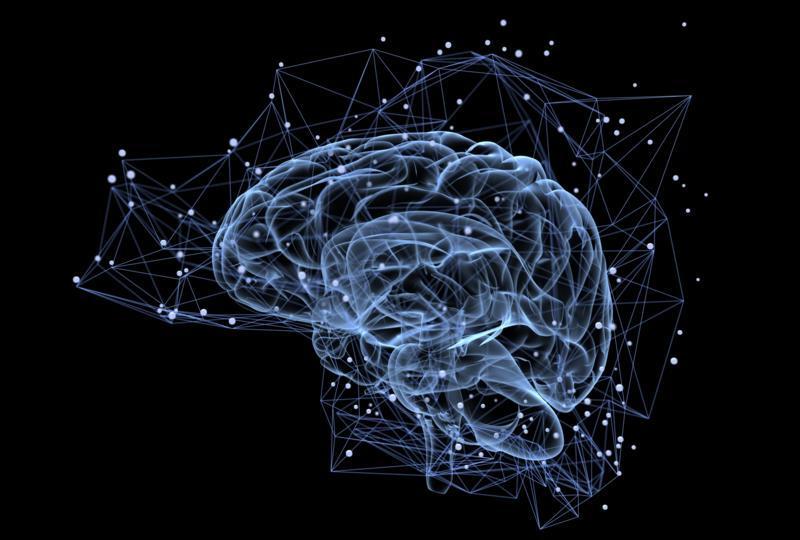Alzheimer's: New Study Finds Big Differences in Male and Female Brain Activity
What was involved in the study?
What made this study so special was the number of patients they were able to enroll. Dr. Amen worked with over 26,000 adults. Most of the patients had a psychiatric disorder, such as schizophrenia or bipolar disorder. There was also a small group of 119 healthy people.
What kind of questions did Dr. Amen ask?
Besides differences between male and female brains, Dr. Amen wondered, how do these differences change with active thinking or concentrating? He wanted to find out. He decided to take two pictures of the brain for each of his study subjects. One, he took while asking the person to relax. The second, he took while having the same person concentrate on a specific task. He then took all this imaging and compared them.
But how did the team measure brain activity?
To measure how active the brain was, Dr. Amen used a technology called “SPECT”, which stands for Single Photon Emission Computerized Technology. This machine uses radioactive molecules to make 3D pictures taken with a computerized camera. The SPECT can follow radioactive molecules that are flowing in the bloodstream.
Since blood gives oxygen and nutrients to the brain, the idea is that brain cells are more active when they are using more of it. As blood rushes to active regions, it takes the radioactive tracer with it, giving off a signal that the machine will detect. A computer takes these pictures and creates a 3D representation of what is happening in the brain.
The researchers interpret high blood flow as increased brain activity in that particular part of the brain. To try and pinpoint how men and women differ, they decided to compare 128 different areas of the brain.



